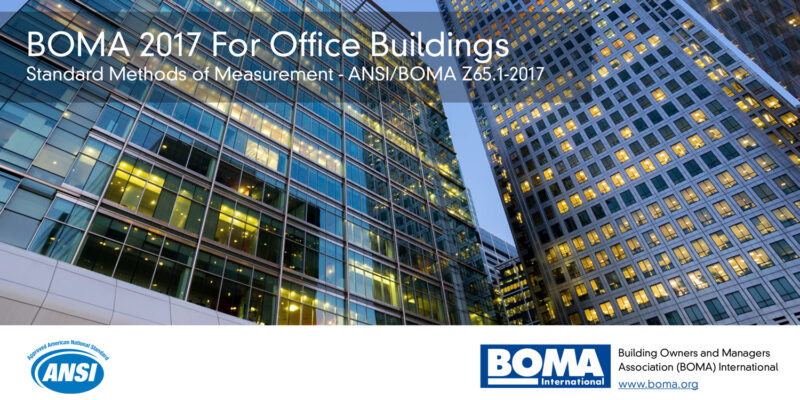In the world of industrial spaces, getting things right from the start can make a significant difference. Every square foot matters, and having accurate measurements is crucial. This is where BOMA Measurement Standards come into play. These standards, established by the Building Owners and Managers Association (BOMA), provide a clear and consistent way to measure both rentable and usable space. In this blog, we will explore these standards in detail, understanding how they contribute to making industrial spaces work better for businesses.
Understanding BOMA Measurement Standards
At its core, BOMA Measurement Standards offer a standardized approach to measuring space. By defining what constitutes rentable and usable space, these standards remove the guesswork. Rentable space includes the area exclusively for the tenant and a share of common areas, while usable space refers to the actual working area. This clarity ensures that businesses can accurately assess their space needs, making decisions based on a reliable and industry-accepted framework.
Key Components of BOMA Measurement Standards
The beauty of BOMA Measurement Standards lies in their simplicity and precision. By distinguishing between rentable and usable space, these standards provide a fair basis for comparison. This differentiation enables businesses to optimize their spatial requirements effectively, ensuring they pay for the space they use and need—nothing more, nothing less.
Benefits of Implementing BOMA Measurement Standards in Industrial Spaces
Implementing BOMA Measurement Standards brings several advantages to businesses. Firstly, it provides accurate measurements, laying a solid foundation for leasing decisions. The standardized approach ensures fairness in property assessments, allowing for transparent negotiations between landlords and tenants. Moreover, these precise measurements directly impact property valuation, guiding businesses toward financially sound choices and preventing costly misunderstandings in the leasing process.
Challenges and Solutions
While adopting new standards can be daunting, challenges are not uncommon. Misinterpretation or measurement discrepancies might occur. To address these challenges, seeking professional guidance is invaluable. Consultants well-versed in BOMA Measurement Standards can navigate businesses through potential pitfalls, ensuring a smooth transition and accurate implementation of the standards.
The Role of Technology in Optimizing Industrial Spaces
In our tech-driven age, innovations are transforming various industries, including real estate. Advanced software tools play a crucial role in simplifying the implementation of BOMA Measurement Standards. These tools enhance accuracy and save time, making the entire process more efficient. By leveraging technology, businesses can optimize their industrial spaces with confidence, knowing they are relying on precise measurements.
Future Trends and Innovations
Looking forward, technology continues to shape the future of industrial space optimization. Automation, artificial intelligence, and augmented reality are on the horizon, promising even more efficient and reliable measurement processes. Embracing these trends will be key for businesses seeking a competitive edge in the evolving real estate landscape.
Conclusion
Understanding and applying BOMA Measurement Standards can be a game-changer for businesses operating in industrial spaces. These standards provide clarity and reliability, enabling businesses to make informed decisions about their space needs. At Measure Up Corp., we recognize the significance of accurate measurements in optimizing industrial spaces. By adhering to BOMA Measurement Standards, we ensure our clients receive precise assessments, empowering them to make the most of their industrial spaces.
For tailored, accurate, and industry-approved measurements, trust Measure Up Corp. Let us guide you through the intricacies of industrial space optimization, ensuring you have the right space for your needs—nothing more, nothing less.

